In Laura Poitras’s incisive documentary All the Beauty and the Bloodshed, she documents the life of American activists and photographer Nan Goldin. In exploring Goldin’s past and present, Poitras examines the plethora of challenges thrown at Goldin during her life time, such as; the suicide of her sister, her battle with an abusive partner, her time working as a prostitute, the death of her close friends due to the AIDS epidemic, her time in recovery from being a drug addict, and her use of the P.A.I.N organisation to highlight the opioid epidemic in the United States, which argues justice for those who died in the wake of the Sackler families involvement with spearheading OxyContin, as a supposedly safe non-addictive pain killer.
However, despite the challenges that Goldin was presented with, it is evident in Poitras’s documentary, that Goldin found solace in that of art, particularly photography. With her utilising the said medium to infuse activistic elements into her works, as evident with her 1986 photographic slideshow, The Ballad of Sexual Dependency. Consequently, in what Goldin claims to be “the defining work of [her] life”, the human body plays a pivotal role, with her utilising it as a thematic framework for her artistic, and later, her outwardly activistic endeavours as evident with her founding of P.A.I.N (Reeves, 00:09).
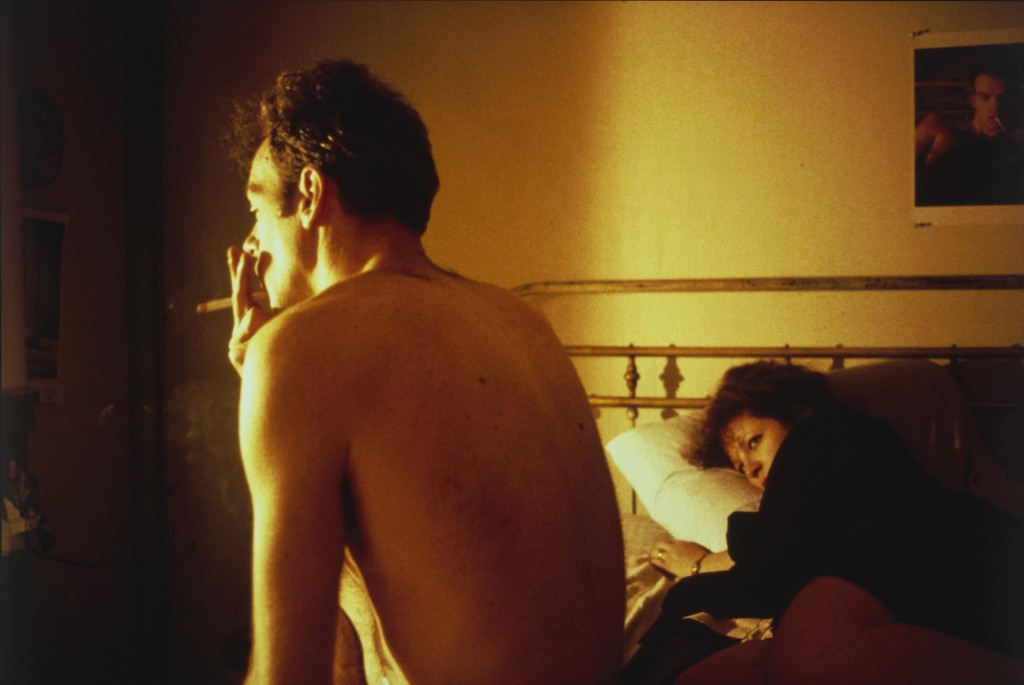

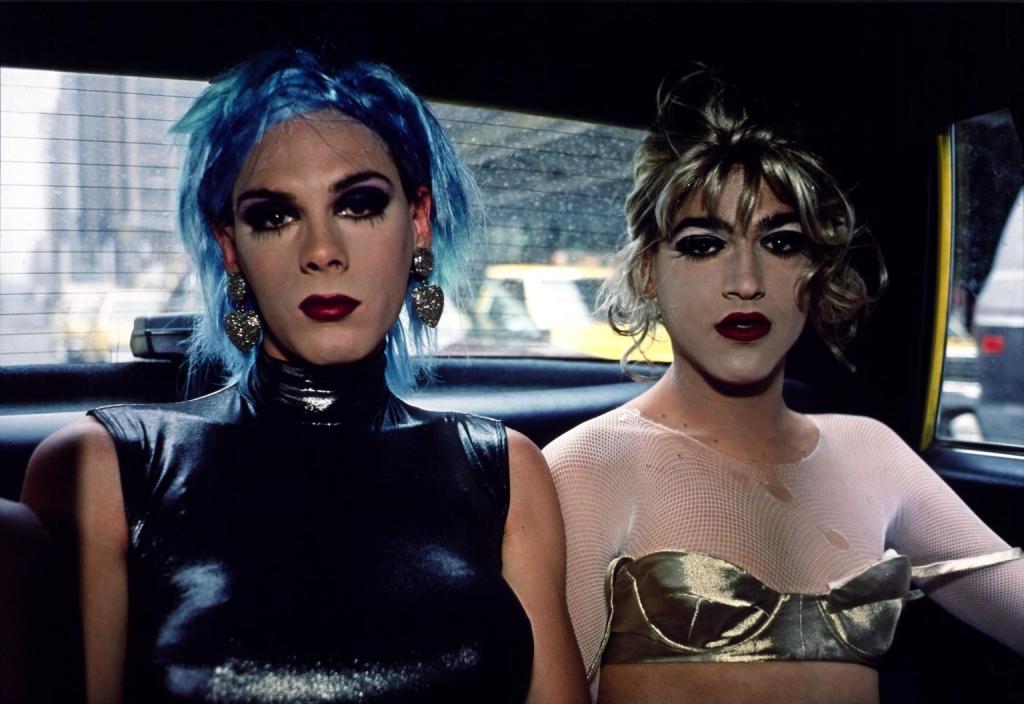
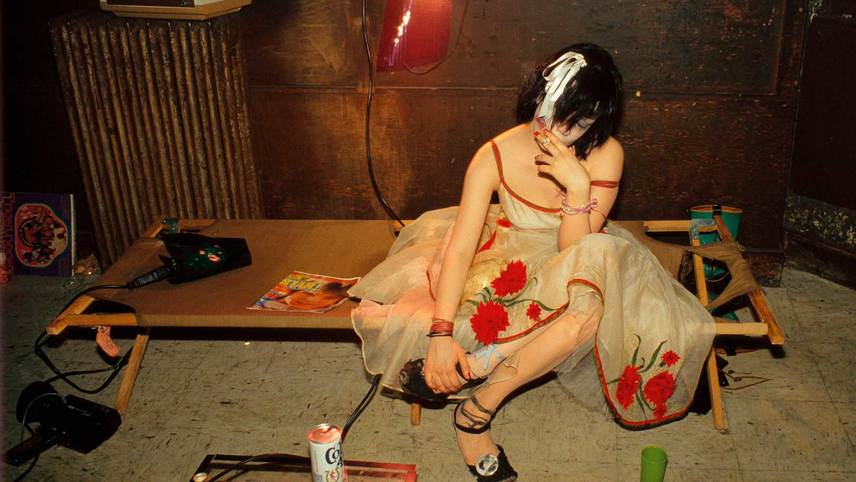


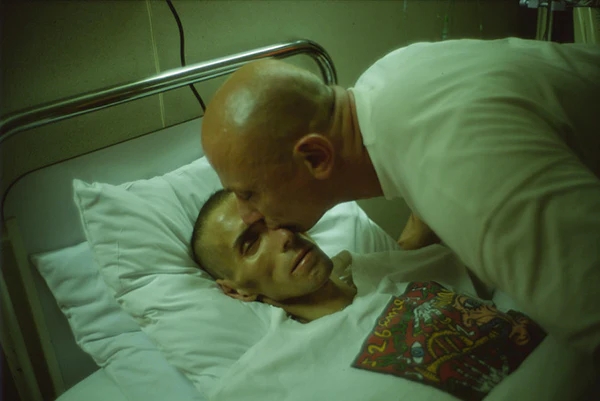
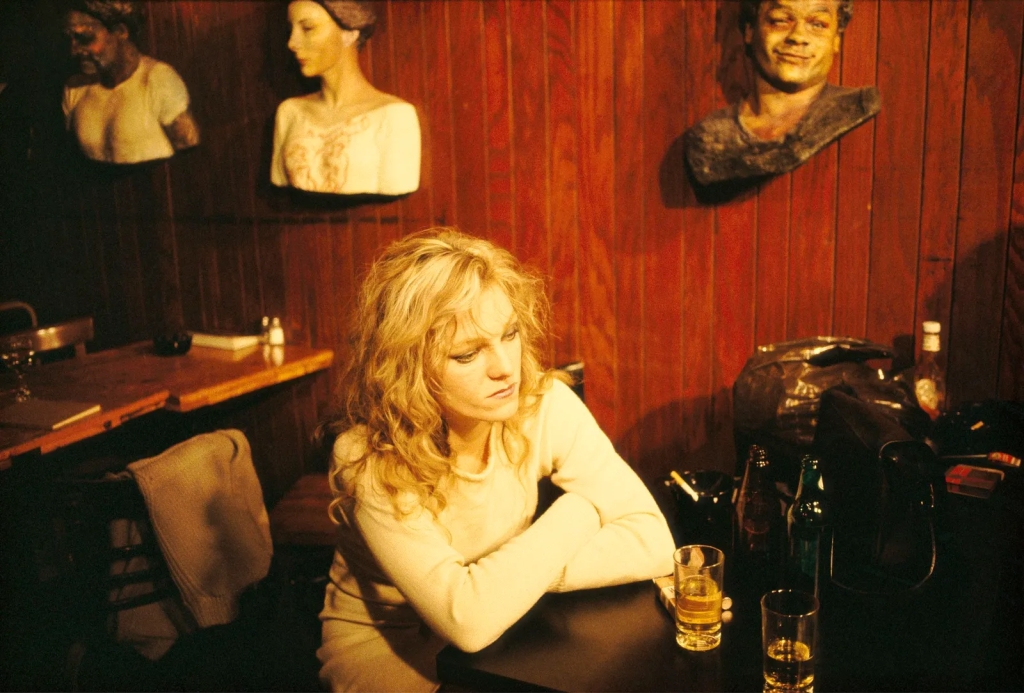
Stills from Goldin’s The Ballad of Sexual Dependency
Having examined activists and their use of symbols to identify themselves, Christina Neumayer argues that in the case of the Occupy Wall Street movement, that their “protest camp became particularly prominent” as an architectural form “of resistance” (3). In their mirroring of this, Goldin’s P.A.I.N organisation, as shown in Poitras documentary, utilise the human body and empty pill bottles as “material artefacts”, which they use to visually showcase their anger and frustration regarding specific Museum’s, and their continued acceptance of Sackler family donations (Neumayer 3).
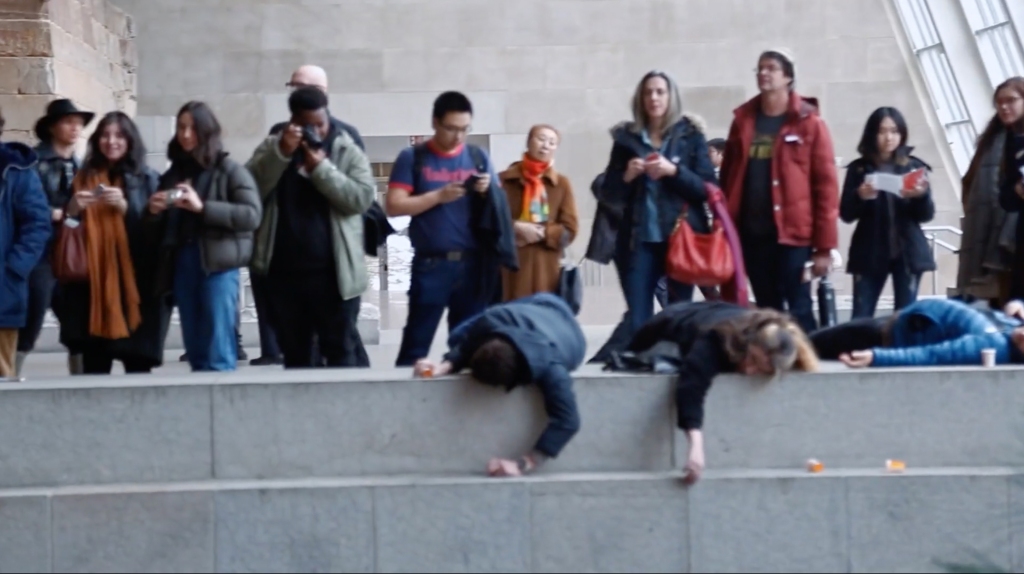

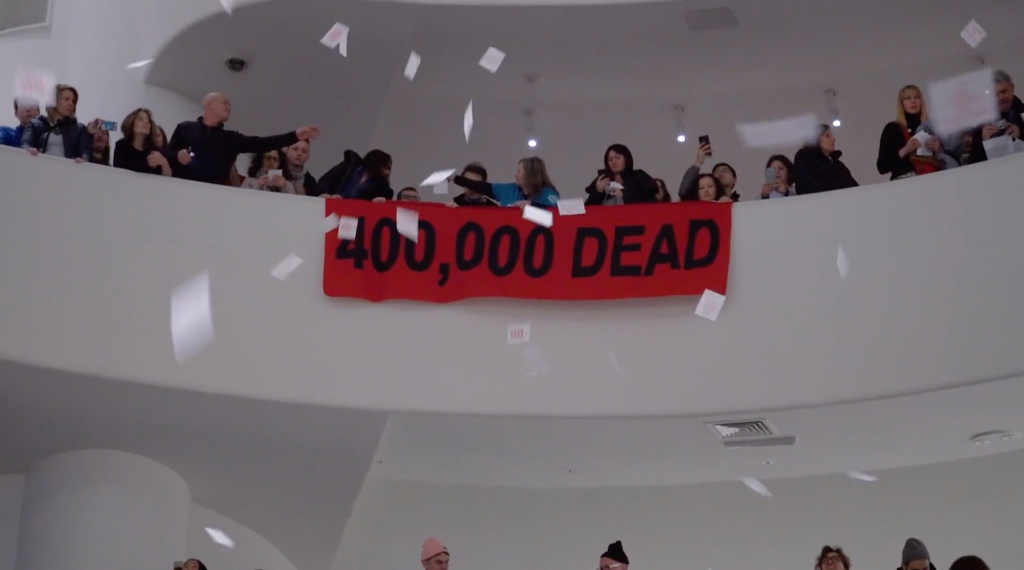
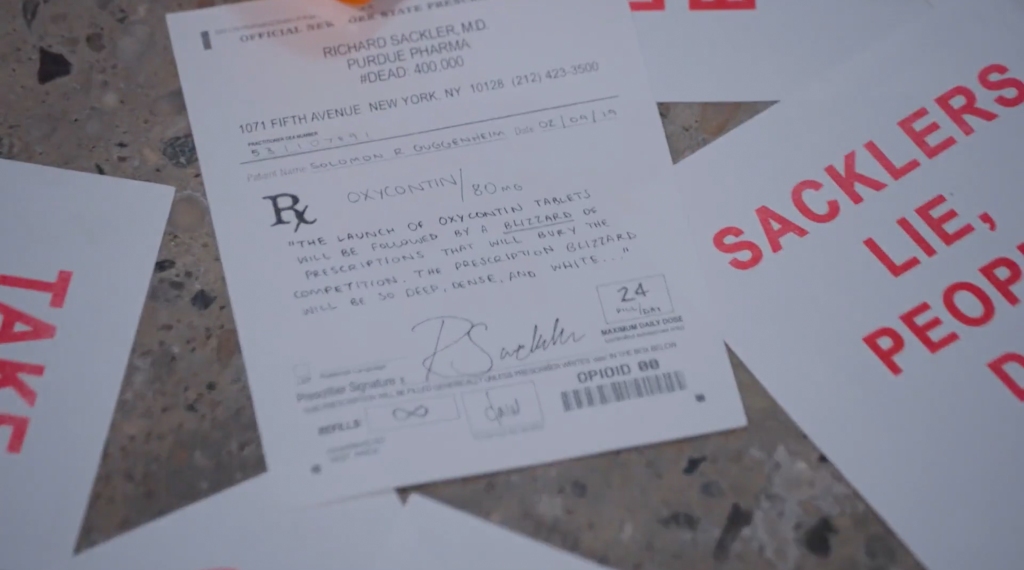
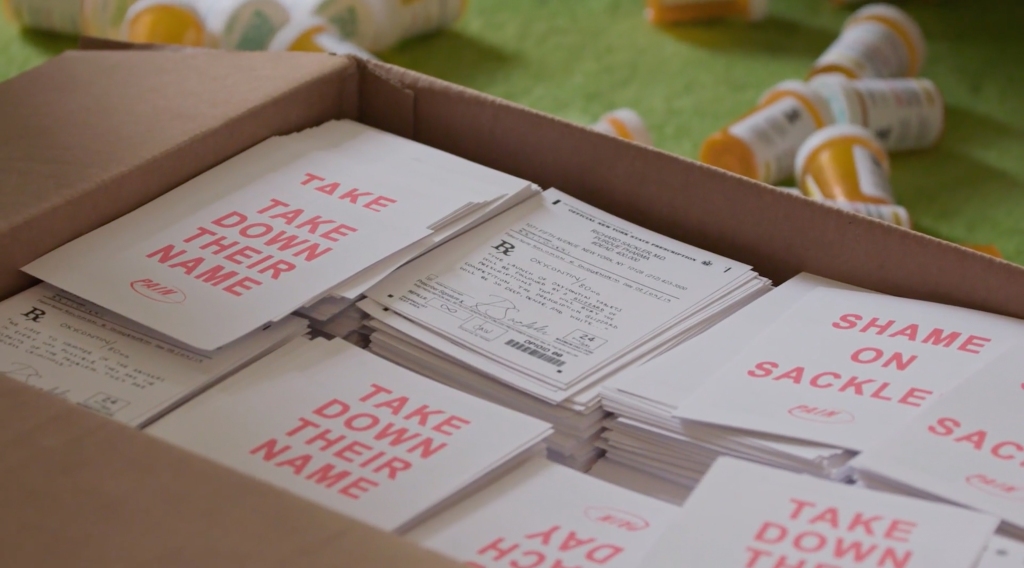
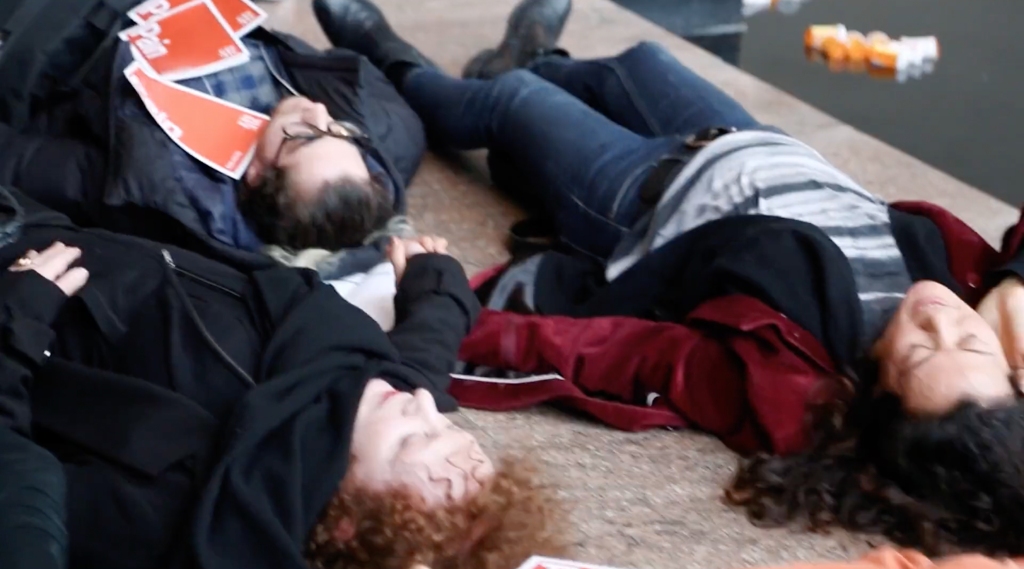
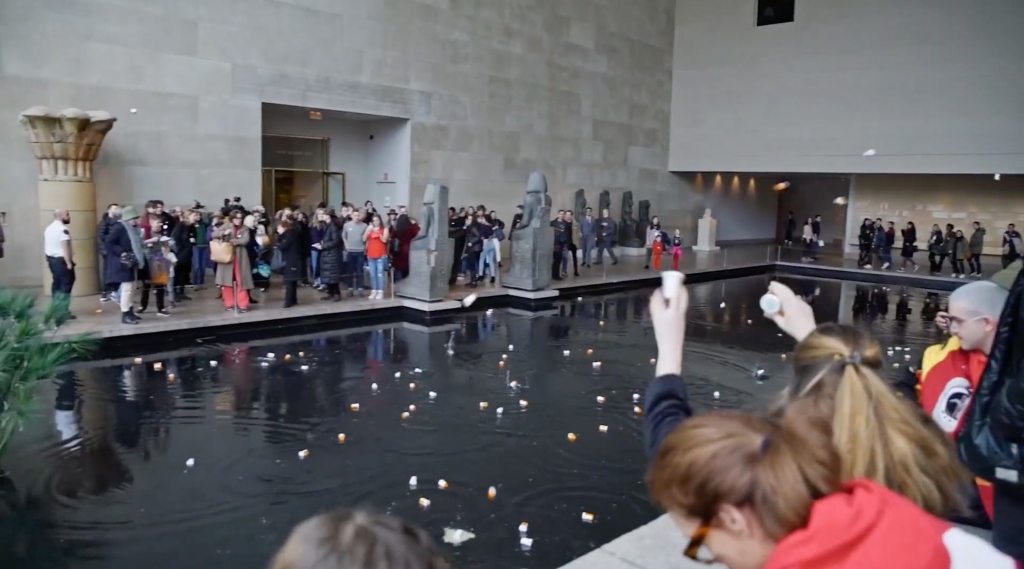
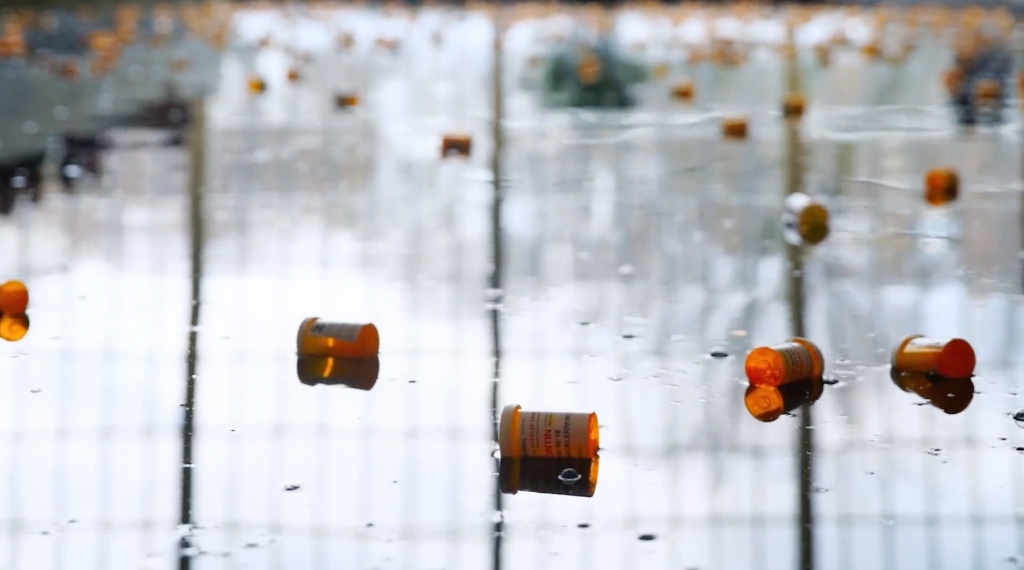

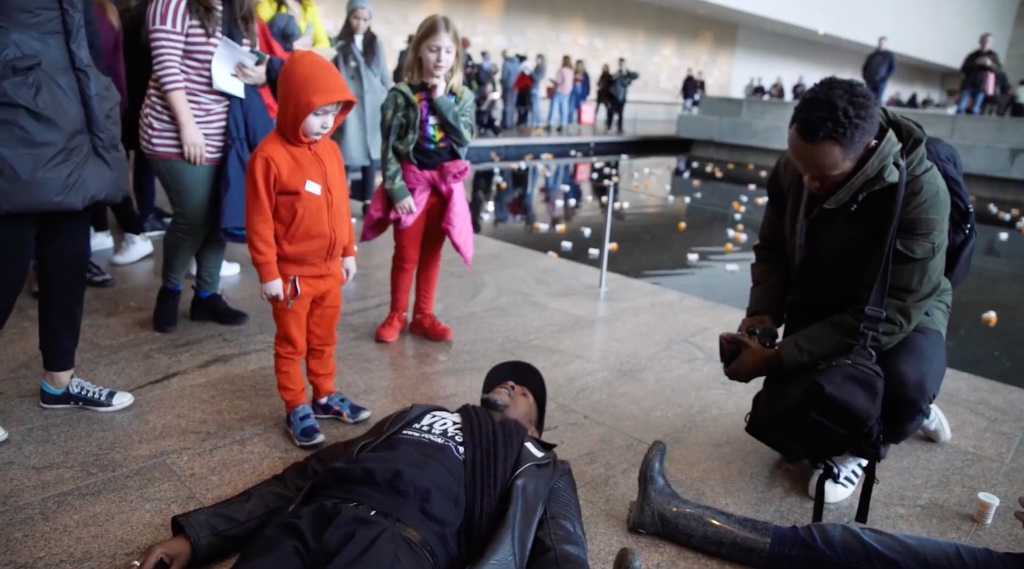
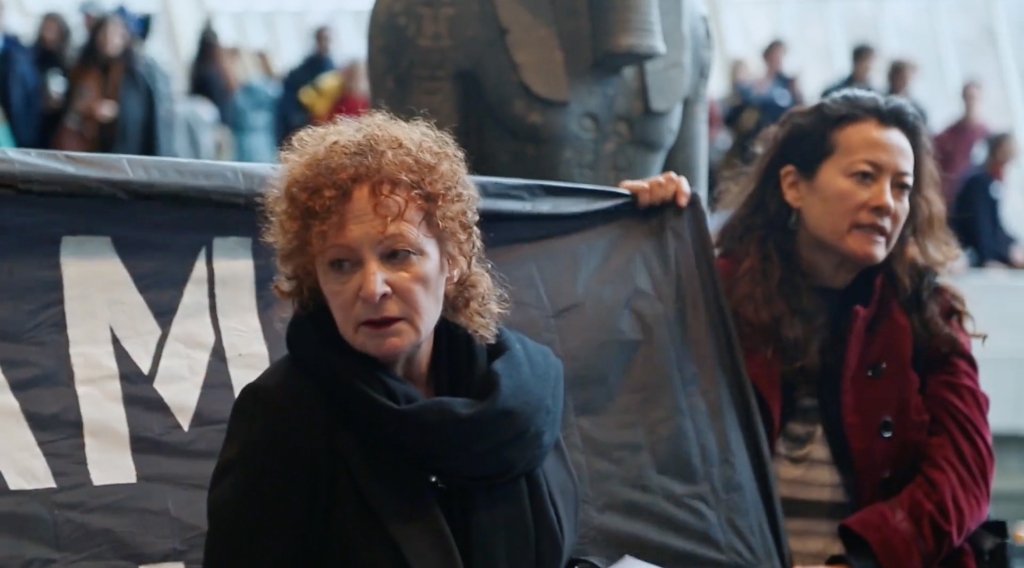
Stills from All the Beauty and the Bloodshed showing P.A.I.N members lying down and using their bodies and pill bottles as ‘material artefacts‘
Throughout Goldin’s body of work, as highlighted in Poitras’s documentary, her occupation as a photographer stemmed from her desire to “record her life and the lives of her friends” (Hilton, para. 2) In photographing her friends, some of which were stricken with the AIDS virus, the human body plays centre stage in her capturing of them, with Goldin displaying their deteriorating bodies, as evident with that of her friend Cookie Muller, who Goldin frequently photographed during her deteriorating state before her death in 1989.
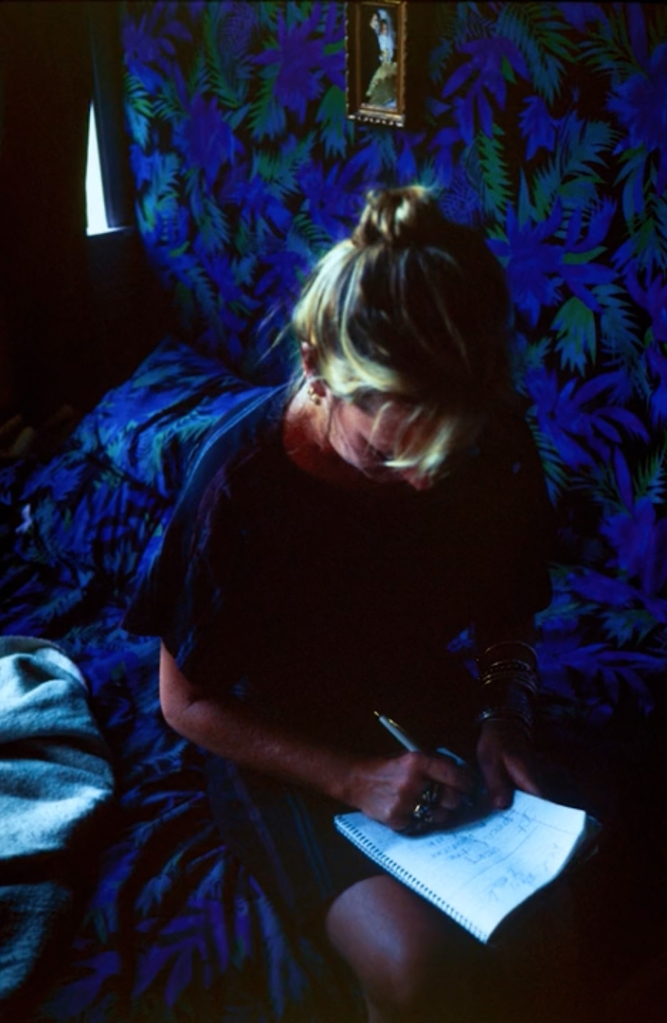


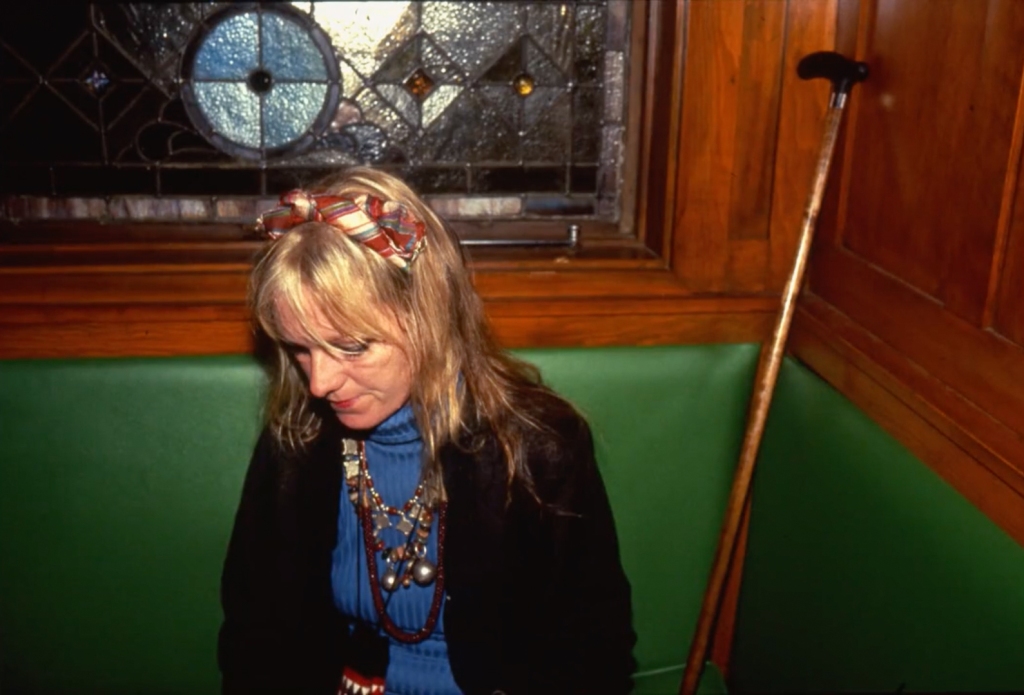

Stills from All the Beauty and the Bloodshed showing Cookie Muller’s deteriorating state
Consequently, it was Goldin’s capturing of people on the margins of society, such as AIDS victims, which made her work inherently activistic in a time when talking about AIDS was a taboo subject.
Goldin on looking back at that tumultuous moment in her life, stated that her photographing of her dying friends was “about creating a history by recording history” (Hilton, para. 2). Hence, Goldin took this opportunity to help document the lives of those who were being shunned by society, with her stating that she did not “want to lose the real memory of anyone again” following the death of her sister. (Hilton, para. 13).
Goldin’s visceral reaction of not wanting to lose another loved one, is best represented in her initial discovery of Cookie’s AIDS diagnosis “I was raging, call this doctor, call that doctor. Someone’s going to be able to help her … And then to realise that there was no doctor to call” (Poitras, 01:26:11).
Works Cited:
Als, Hilton. “Nan Goldin’s Life in Progress.” The New Yorker, 27 June 2016, https://newyorker.com/magazine/2016/07/04/nan-goldins-the-ballad-of-sexual-dependency. Accessed 28th April 2024.
All the Beauty and the Bloodshed. Directed by Laura Poirtas, Neon, 2022, https://neonrated.com/films/allthebeauty. Accessed 5th April 2024.
Nan Goldin – The Ballad of Sexual Dependency – MOCA U. Directed by Emma Reeves, MOCA tv, 2013, https://www.youtube.com/watch?v=2B6nMlajUqU&rco=1. Accessed 28th April 2024.
Neumayer, Christina. “Activism.” The Routledge Encyclopedia of Citizen Media, 1st ed., Routledge, 2022, pp. 1–6, https://www.taylorfrancis.com/books/edit/10.4324/9781315619811/routledge-encyclopedia-citizen-media-luis-p%C3%A9rez-gonz%C3%A1lez-bolette-blaagaard-mona-baker-henry-jones?context=ubx&refId=1cd26732-6e89-4044-96b3-1c8f78f74330. Accessed 28th April 2024.
Subscribe
Enter your email below to receive updates.


Leave a comment